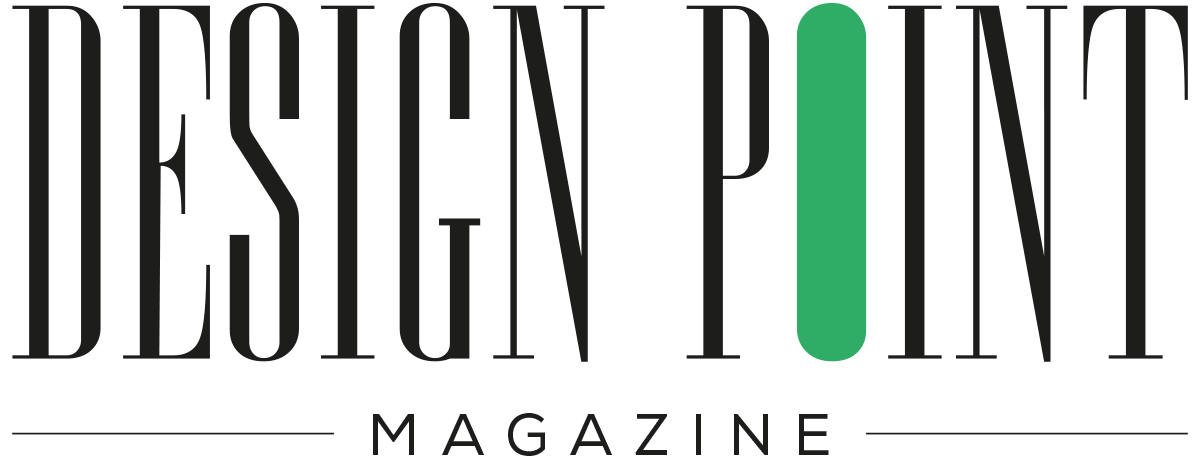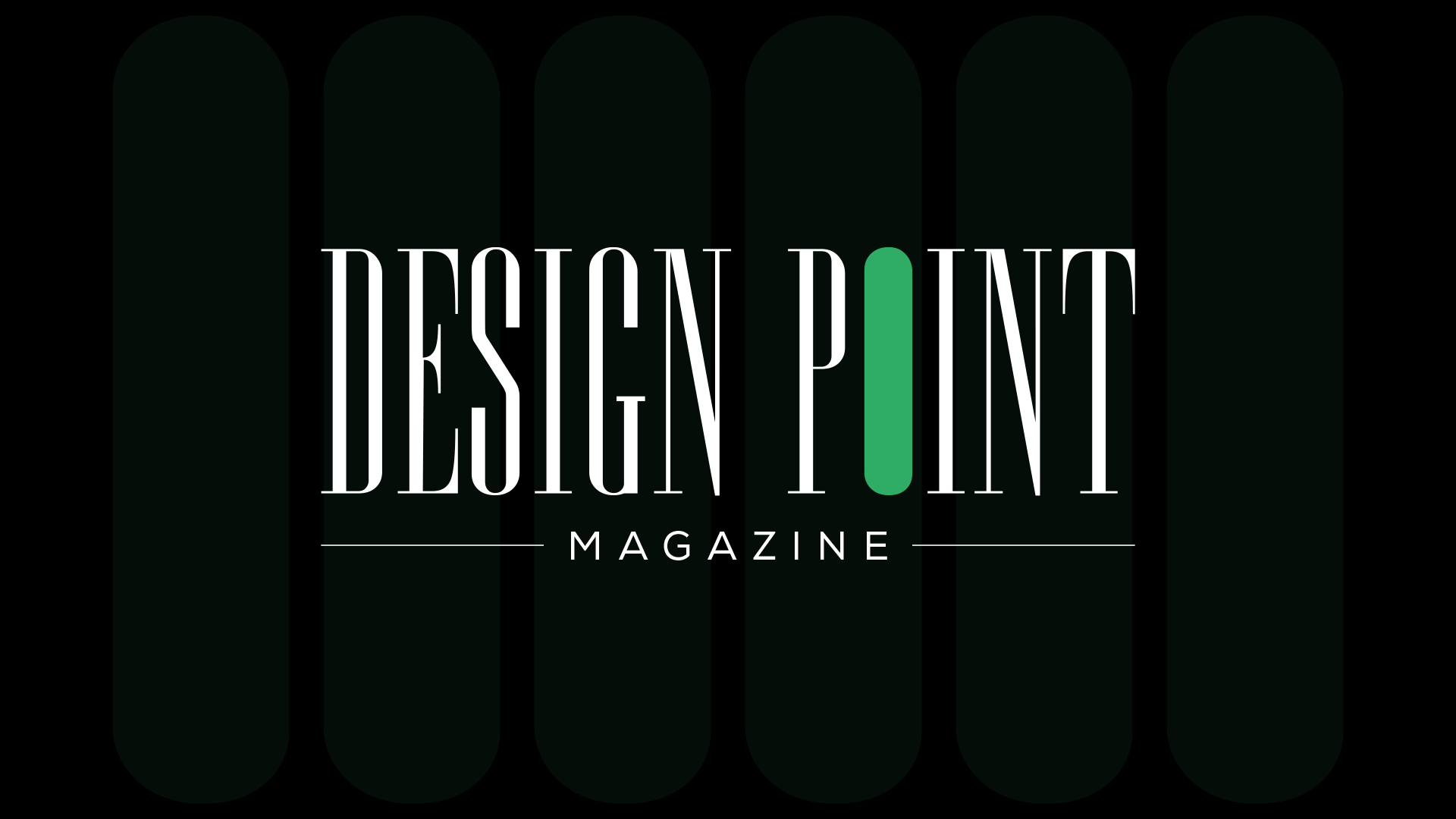This industry perspective is by Maor Ofek, founder of strategic brand consultancy SIDE ST.
AI is perhaps the most debated topic right now, particularly in the creative industry. Already a thought partner and creative enhancer for agencies, AI’s technical writing and design skills speed ahead, with many creative professionals feeling like they’ll be left in the dust. But can AI really replace the human capacity for creativity? Doesn’t it lack strategic rigor and conceptual depth? This debate has been hot in popular culture since AI went mainstream (and way before that in other places). But what if the conversation shifted? What if creative agencies could have their own AI, crafting an intelligent extension of their creative practice, infused with their proprietary methodologies, strategic frameworks, and signature creative instincts?
Consider this: Established agencies have created their own processes and crafted their methodologies and philosophies, all refined through years of execution. This knowledge, typically locked within human expertise, could be channeled into an AI-powered service, allowing clients to tap into the agency’s creative ‘brain’ on demand. While it wouldn’t replicate the full spectrum of human creative capabilities, it could serve as a dynamic extension of the agency—starting with a new tier of services for smaller projects, iterative creative needs, or rapid prototyping. Imagine a tool that distills an agency’s unique approach, making it accessible 24/7.
But as conversations about AI’s growing creative capabilities take center stage, the next question is only natural: Why not have clients forgo the agency route and interact with AI tools directly, whether it’s ChatGPT, Claude, or others? The answer is data. Standard AI models, trained on publicly available content, generate outputs based on external patterns and documented knowledge. They can replicate styles and structures but lack the internal depth that comes from firsthand experience, interpersonal exchanges, and the nuanced decision-making that happens in real creative processes. However, an AI trained solely on an agency’s proprietary methodologies, which is knowledge refined through years of work, client feedback, and strategic insights, could generate outputs that, even if not exactly mimicking, definitely reflect the agency’s approach.
This ties into what Daniel Kahneman describes in Thinking, Fast and Slow as expert intuition—decisions made rapidly and instinctively, not because they are random but because they are backed by deep, experience-driven mental models. In creative work, intuition isn’t guesswork; it’s an accumulated understanding of what works, what resonates, and how to solve complex brand challenges. This “creative intuition” is what agencies develop over time—an ability to connect dots beyond what data alone can suggest.
A glimpse of this shift can already be seen in tools like Monika, an AI-powered naming solution designed to distill the knowledge and expertise of its founders (former leaders at global agencies) into an autonomous engine of naming creativity. But it’s not just them. Gig marketplace Fiverr has recently announced a new platform called Fiverr Go that enables freelancers in voice-over, graphic design, and similar fields to train AI using their creative work and then sell access to it.
So, while AI won’t fully replicate creativity, a model trained on an agency’s own thinking, rather than generalized content, could bring a more structured version of that intuition into scalable creative workflows. Instead of relying on AI that mimics mass-market content, agencies could develop systems that apply their own creative frameworks, maintaining their standards, strategic depth, and expertise at scale.
In this world (and in an ideal one), human creative talent will remain the cornerstone—not only for clients who seek the depth and nuance of a fully engaged agency team but also as the guiding force behind AI’s evolution. The agency’s experts will continue to shape and refine the AI extension, ensuring it stays aligned with their creative philosophy, adapts to new challenges, and improves over time. AI will enhance the workflow, but the agency’s human vision and expertise will remain the true north star.
Of course, this model wouldn’t be a one-size-fits-all solution. Some clients will always seek the depth and nuance of a fully engaged agency team, and that option would remain unchanged. But for those who see value in on-demand access to an agency’s thinking—whether for concept validation, execution refinement, or creative experimentation—this approach could unlock new revenue streams and reshape how creative services are delivered. And what about the team? Well, this doesn’t necessarily mean fewer roles. It could actually free them up to focus on more strategic work and the kind of complex, creative challenges that truly rely on human intuition, taste, and collaboration.
This is a provocative idea, but does it really sound so far-fetched? AI could redefine the agency model, not by replacing creativity but by scaling and systematizing some of its most valuable assets.
Maor Ofek is the founder of SIDE ST, a brand consultancy dedicated to helping startups worldwide build their brands on strategic foundations. Based in the port city of Haifa, Maor also lectures on startup branding at leading entrepreneurial institutions such as the Technion and Reichman University.
Header image by Steve Johnson for Unsplash+.
The post What if Agencies Didn’t Just Use AI—but Owned It? appeared first on PRINT Magazine.

